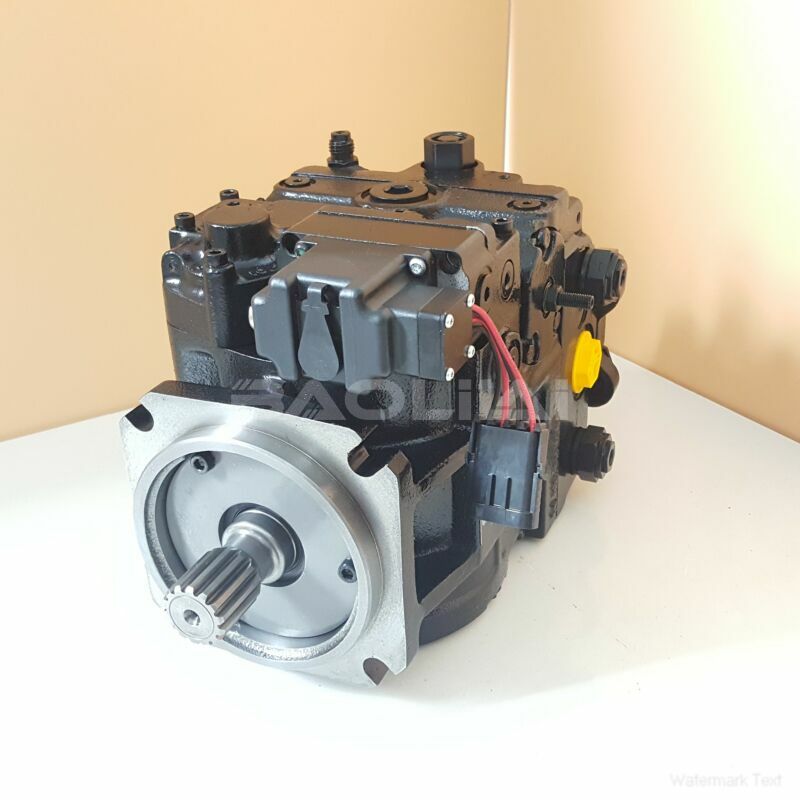90L180HS5CD80TCF1H03FAC353524 hydraulic pump
90L180HS5CD80TCF1H03FAC353524 hydraulic pump

- Product Details
- Applicable Scene
90L180HS5CD80TCF1H03FAC353524 hydraulic pump.The efficiency of hydraulic systems is crucial for optimal performance and cost-effectiveness. When operating in low-flow conditions, hydraulic pumps often experience significant efficiency losses, leading to increased energy consumption and wear on system components. This article explores the causes of efficiency loss in low-flow systems and provides potential solutions to mitigate these challenges.
Model Code :90-L-180-HS-5-CD-80-T-C-F1-H-03-FAC-35-35-24
Model Code :90L180HS5CD80TCF1H03FAC353524
One of the primary reasons for efficiency loss in low-flow hydraulic systems is cavitation. When the flow rate is lower than the designed operational parameters, the pressure in the pump may drop below the vapor pressure of the hydraulic fluid. This results in the formation of vapor bubbles, which collapse violently when they enter high-pressure areas, causing damage to the pump and reducing overall efficiency. To combat cavitation, it is essential to maintain proper inlet pressure and ensure that the pump is sized correctly for the specific application. Installing a buffer tank or using a variable speed drive can help in maintaining adequate pressure and flow.

Model No.ldent No. :83015894
90L180HS5CD80TCF1H03FAC353524 hydraulic pump.Another common issue in low-flow systems is hydraulic fluid overheating. Low flow rates can lead to increased fluid temperature due to less cooling and extended residence time in the pump. Elevated temperatures may degrade the properties of the hydraulic fluid, leading to reduced lubrication and effectiveness, ultimately contributing to efficiency loss. To address this, using a heat exchanger to cool the hydraulic fluid can be beneficial.
Additionally, selecting the appropriate hydraulic fluid with a higher thermal stability can help to mitigate the effects of overheating.





